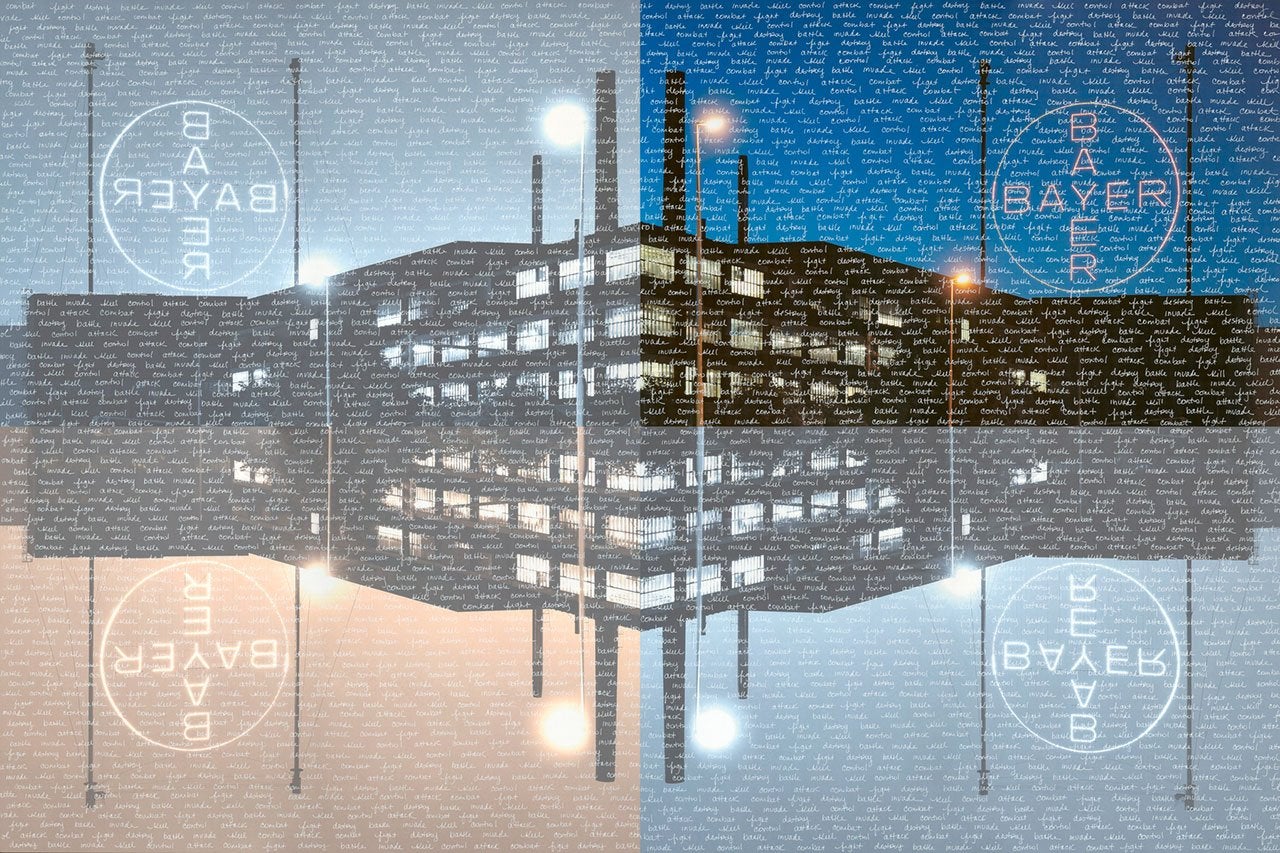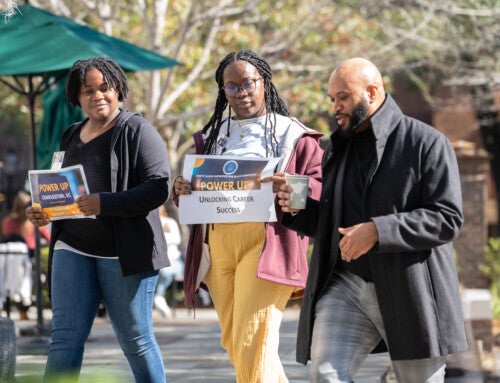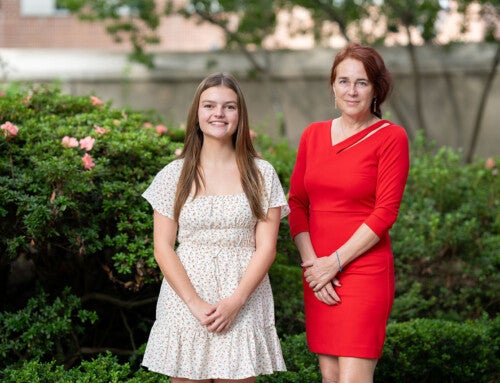Above: “How to Control Weeds” from the upcoming exhibit Only You Can Prevent A Forest by Kirsten Stolle.
They say a picture is worth a thousand words, but this old adage merely scratches the surface regarding the power of art. Art has the potential for profound impact. It can stimulate emotions. It can communicate. Amuse. Astound. Inspire. And educate. Something so versatile is surely an invaluable resource, and that’s exactly how the directors of the Halsey Institute of Contemporary Art at the College of Charleston see their work.
Last winter, this group decided to implement a new pilot program using the first exhibit of 2022 – Dyani White Hawk’s Hear Her. The concept, dubbed “Drive-by Discussions,” was simple: invite a handful of professors to bring their students to the gallery, have them take in the exhibit and then immediately afterward use that experience to spark discussion in the classroom.
“Having faculty use our exhibits for curricular purposes isn’t novel,” says Katie Hirsch, the Halsey’s director and chief curator. “Professors at the College have been making use of the Halsey’s shows in this way for decades, but this is actually the first time we’ve orchestrated the practice.”

Dyani White Hawk’s “I Am Your Relative” on exhibit at the Halsey in January of 2022. The exhibit explored the lived experiences of native peoples.
Brooke Permenter ‘06, an Honors Faculty Fellow who teaches art history, was among the professors who participated in the pilot program with her foundations course Making Meaning with Form and Style.
“Part of what we studied was methodology,” she explains, “and not many students love reading about that topic, so the visceral experience of seeing the artwork actually helped a lot. It made the students more open to discussing the reading that was assigned prior to the gallery visit. Ordinarily, I have to prod students a bit to get discussions going, but for that session, the students readily used their observations of the artwork to talk about the article they’d read. They definitely came into that class session a little more excited for discussion.”
And Rénard Harris, who taught the First Year Experience course Exploring Cultural Strengths and Diversity through Storytelling during the spring 2022 semester, concurs, saying the experience of visiting the gallery was formative for his students.
“Prior to visiting the Halsey,” he says, “my students weren’t very open about themselves. Of course, nobody wants to seem different from anyone else at the beginning of the semester, particularly freshmen. But as the weeks wore on, I realized that the trip to the Halsey helped them open up about themselves without feeling weird. Without a doubt, visiting that exhibit intrigued them and afterward, they began to engage more readily in class discussions.”
Political science Professor Mark Long, who serves as the Halsey’s academic liaison, has taken numerous classes to the gallery over the years. Despite all that accumulated experience, he is impressed by the potential that the Drive-by Discussions initiative holds.

“The Grass Isn’t Always Greener,” a collage from Kirsten Stolle’s exhibit Only You Can Prevent a Forest.
“Customarily,” he says, “the nature of the exhibit has to be intrinsic to the course topic for this to work. But as I understand it, this new initiative tries to do something different. It opens the door for free-ranging discussion. Imagine chemistry students beginning a class session by discussing what’s on the wall at the Halsey that morning. That’s very in keeping with a liberal arts and sciences approach to education. It seems that we really should be using the Halsey in this way because it’s one of those key places where the liberal arts come to life.”
For much of the fall 2022 semester, the Halsey will feature a show by artist Kirsten Stolle – Only You Can Prevent a Forest. According to Hirsch, this exhibit offers strong discussion-sparking opportunities for a number of academic disciplines.
“Kirsten’s work is a fascinating entry point for a variety of departments on campus,” Hirsch offers. “She frequently lifts corporate marketing imagery and language to point out how products are packaged and asks us to think about the psychological and social strategies that make these products accepted and appealing, even when they may be detrimental to the environment. This singular thread alone could be used by our colleagues in marketing, business, sociology, public health, environmental studies, and so many other academic disciplines. Exhibitions by artists like Kirsten have the capacity to serve as the foundation for conversations on complex issues by students across campus, no matter the discipline.”
Stolle’s show will open on Friday, Aug. 26, 2022. For more information about the Drive-by Discussions initiative, contact a staff member at the Halsey Institute of Contemporary Art.




